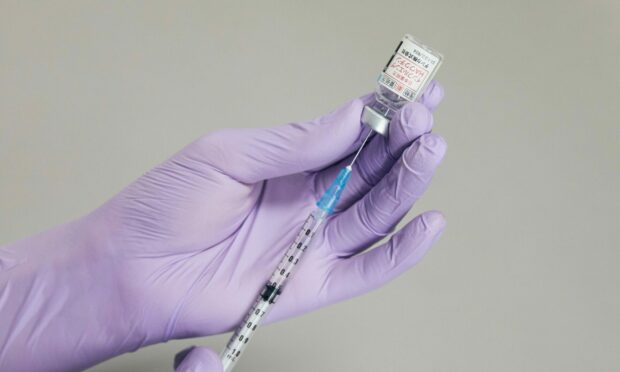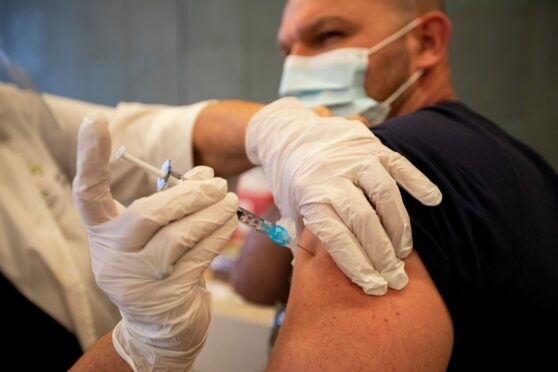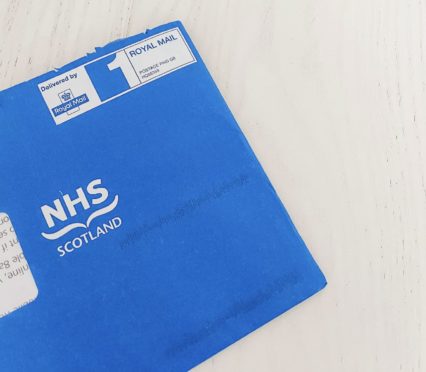Health bosses will no longer publish Scottish Covid deaths and hospitalisations by vaccine status after data was “inappropriately misinterpreted”.
Public Health Scotland (PHS) announced this week’s figures on the topic will be the last for now.
It is understood the move comes after anti-vaccine campaigner groups were using Scotland’s data to suggest the jabs are dangerous.
According to the report, PHS is currently reviewing the content and frequency of reporting this information.
Individual vaccine schedules affect figures
The weekly reports usually include data on infection rates, and death and hospitalisation rates between the vaccinated and unvaccinated.
This is done by presenting the number of doses received.
One of the reasons provided by PHS why it will no longer compare death and hospitalisation rates by vaccination status was down to people who haven’t completed their full vaccine schedule.
Those individuals might be more susceptible to falling severely ill which could result in higher Covid-19 cases, hospitalisation and death rates in the first and second dose vaccine groups.
The report added: “Older individuals who have exceeded the recommended time will have not received their next vaccine dose because of frailty or ill health.
“They may, therefore, be more likely to be hospitalised or die if they get Covid-19.”
Anti-vax concerns
Health data is often used on social media by individuals, including American right-wing opinion website, The Blaze, and anti-vaxxer Alex Berenson.
A PHS official told The Scotsman: “What is happening is people are looking at those simple data and trying to make inferences about the vaccination, whether the vaccines work, inappropriately and sometimes wilfully.”
Uncertainty over how much of the Scottish population is still unvaccinated was also cited as a reason in the report.
It added that this is because bosses don’t always know if individuals are still residents in Scotland.
Population data is used based on GP registrations and because of this, the data has some limitations.
When people leave Scotland and do not inform their GP, it can result in an overestimate of Scottish residents.
The report concluded: “We will no longer provide a weekly summary of Covid-19 cases, hospitalisation, and deaths by vaccine status, but focus our attention to vaccine effectiveness reporting.”


